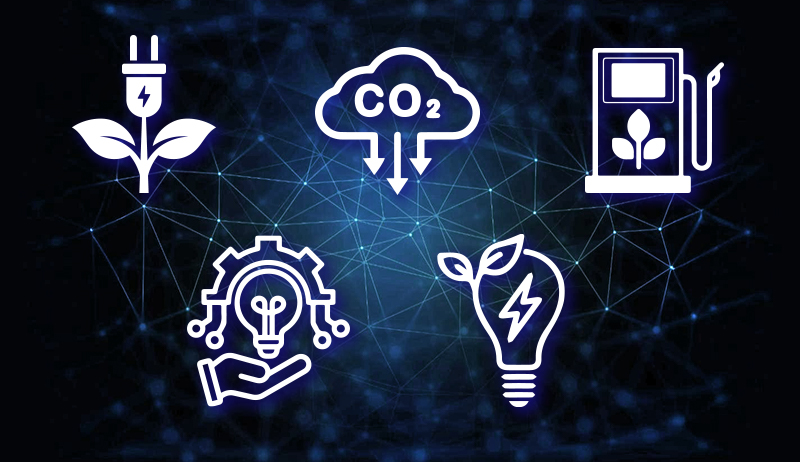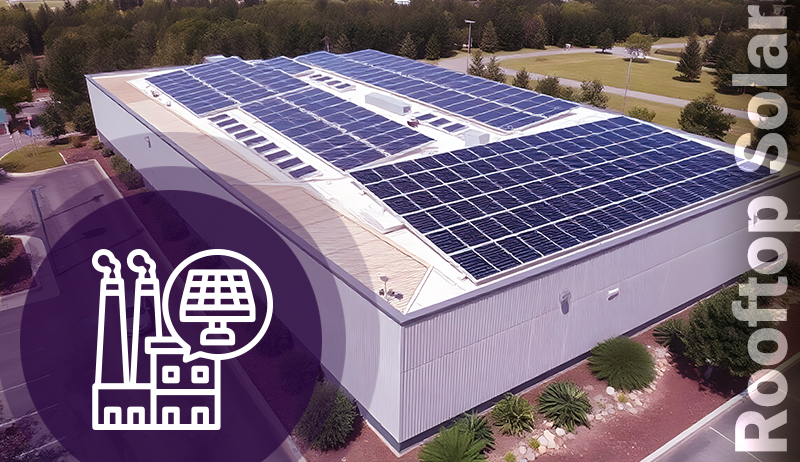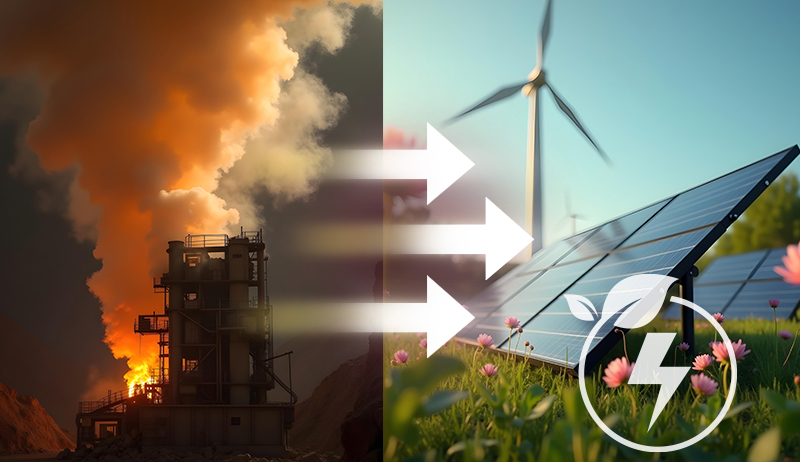| Electricity / Energy Sector |
Adopting clean, renewable energy is essential to achieving net-zero goals. Additionally, the smart grid is crucial to delivering low-carbon power and accelerating renewable energy growth. |
Grid modernization & flexibility (smart grid, demand response, storage) |
|
|
Transmission & distribution upgrades |
|
|
Prioritizing grid access |
|
|
Investment & incentives for solar energy and large-scale solar farms |
|
|
Regulatory reform, such as feed-in tariffs, net metering, etc. |
|
|
Supporting the financing options, such as green banks and public investment. |
| Built Environment (Buildings & Infrastructure) |
Switching to electric power and improving energy efficiency in homes, neighbourhoods, and workplaces can make a huge difference. |
Requires upgrades, making buildings more energy efficient, and offering better insulation. |
|
Electrification reduces energy consumption and bills while making living spaces more comfortable and better. |
Adding a solar panel system on the roof and facade of new or existing buildings |
|
|
Offer government incentives or rules to encourage the installation of solar panels with batteries |
|
|
Integration of building management systems & smart appliances |
|
|
|
| Transport Sector |
Transportation is a major source of greenhouse gas emissions globally. This sector plan targets reducing emissions by promoting electric vehicles (EVs) and expanding EV charging infrastructure. |
Accelerate deployment of EV charging infrastructure. |
|
|
Develop policies encouraging EV uptake, like subsidies and rewards |
|
|
Integration of vehicle-to-grid (V2G) or managed charging |
|
|
Promoting the use of electrified public transport. |
|
|
For sectors that are hard to electrify, like aviation and shipping, explore e-fuels, hydrogen, and other sustainable fuels. |
| Industry & Manufacturing |
In Australia, the industry uses a lot of energy and produces carbon emissions. So, the challenge is cutting emissions while keeping industries competitive. |
The focus is on cleaner tech like carbon capture, electrification |
|
|
Offering Incentives and support for the electrification of industrial heat pumps and electric boilers. |
|
|
Promote green or solar-based manufacturing, like solar panels, batteries, and inverter production. |
|
|
Perform efficiency audits and process optimization |
|
|
Ensure clean innovation and support R&D funding |
|
|
|
|
|
|
| Agriculture, Land Use & Nature |
Agriculture and land use can emit or absorb greenhouse gases. Hence, this plan supports sustainable agriculture, better livestock practices, tree planting, and soil carbon storage, while protecting nature and biodiversity. |
Focusing on agro-solar or agrivoltaics, where we can benefit from dual land use. |
|
|
Increase Incentives for carbon farming and soil carbon enhancement. |
|
|
Promote reforestation, afforestation, and ecosystem restoration. |
|
|
Ensure sustainable land management and avoid deforestation. |
|
|
Nature-based carbon removals and carbon markets |
| Policy Waste Management & Resources |
Waste and resource use can highly impact emissions. The Australian government plans to cut waste, boost recycling, and support a circular economy where products are designed to be reused, repaired, or recycled rather than discarded. |
Waste reduction programs cut waste through smart design, reuse, and sustainable choices. |
|
|
|
|
|
Recycling & recovery increase recycling and restore useful materials. |
|
|
|
|
|
Composting organic waste to reduce methane from food and garden waste. |
|
|
|
|
|
Keep materials in use through reuse and repair, creating a circular economy. |
|
|
|
|
|
Reduce landfill use and capture methane. |
|
|
|
|
|
Promote responsible consumption and disposal habits by educating people. |
 What physicist Brian Greene says here is true.
What physicist Brian Greene says here is true. For some reason, people post a great deal of pure bullshit on social media on the subject of renewable energy.
For some reason, people post a great deal of pure bullshit on social media on the subject of renewable energy.
 Greenhouse Gases1 year ago
Greenhouse Gases1 year ago
 Climate Change1 year ago
Climate Change1 year ago
 Carbon Footprint2 years ago
Carbon Footprint2 years ago









 Funny stuff.
Funny stuff.
